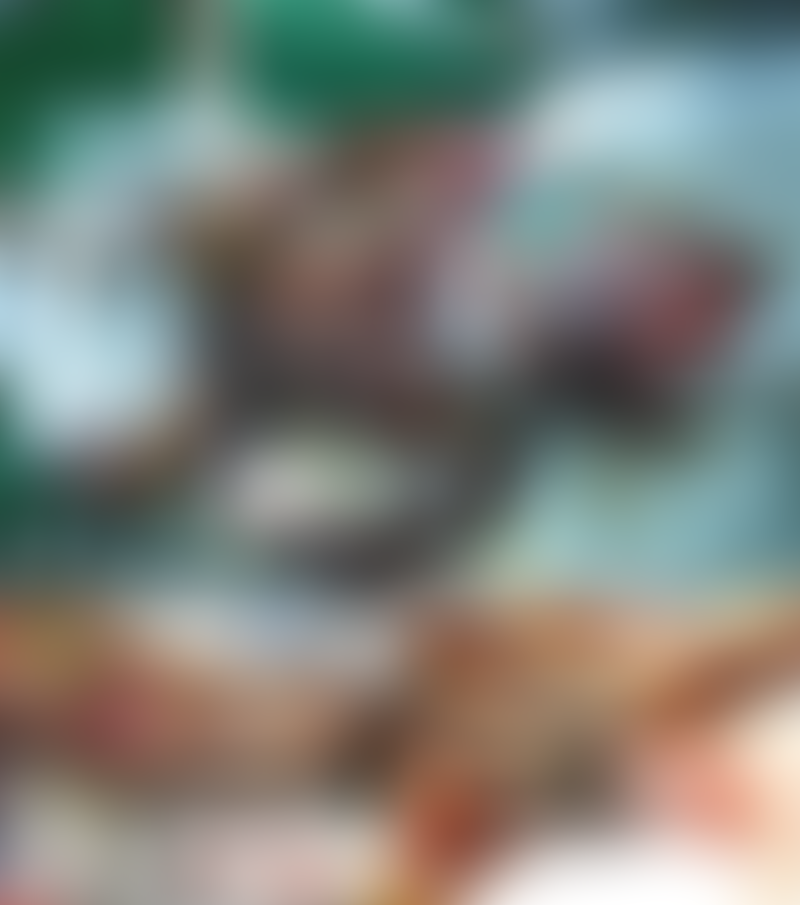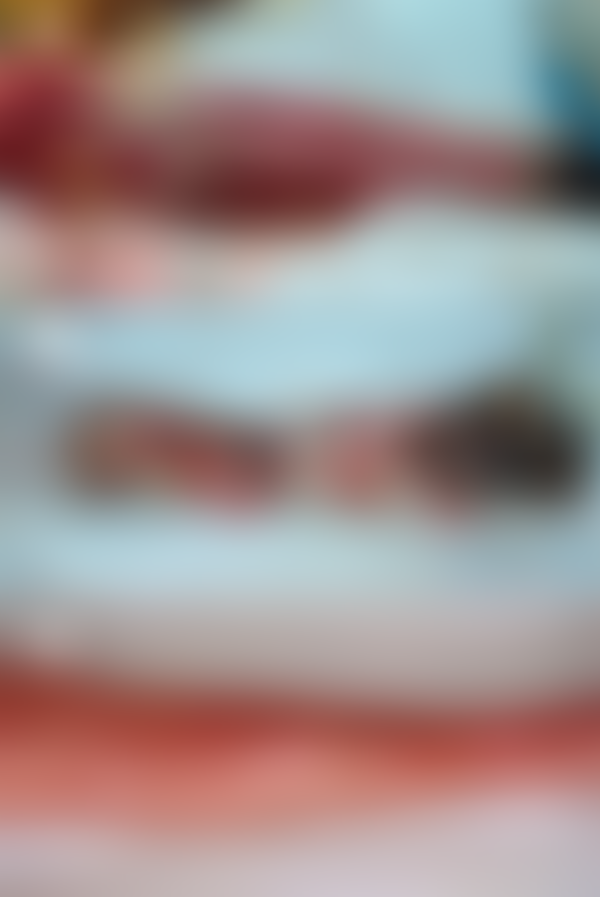Successful treatment of a patient with an extraordinarily large deep burn
The patient is a 29-year-old male who was seriously burned by molten steel (about 1,500°C) from the top of the head throughout the body, in an accidental furnace explosion. Thirty hours after fluid resuscitation in a local hospital, he was referred to our hospital, when the patient was conscious and the vital signs were relatively stable. Except for a small piece of unburned skin on the posterior head measuring about 0.5% TBSA, the rest of the scalp and the face suffered deep second degree burns, and the trunk and the 4 extremities were full of black eschar. When the 4 extremities were incised to reduce tension, muscular eversion and necrosis were seen in part of the median sides of the upper limbs and thighs, and lateral sides of the calves, the left arm being the most serious. The fingers of both hands and toes of both feet were carbonized, presenting as branch-like dry necrosis (Figure 1). The left eye was severely burned and the cornea was perforated. A diagnosis was made of 99.5% TBSA burn wound, 5.5% deep second degree, 71% third degree and 23% fourth degree, and left eye burn with corneal perforation.

Figure 1
Extraordinary severe burn involving 99.5% TBSA (A); muscular eversion and necrosis are seen in left upper limb like fish meat (B); fingers of left hand are carbonized and necrosed like dry branches (C).
Fluid resuscitation, anti-infection therapy, mechanical ventilation, and maintenance of internal environmental stability were continued on admission to protect organ functions. The patient overcame the shock phase in stable condition. On the 3rd day after the injury, escharectomy of the 4 extremities and trunk was performed, involving 65% TBSA, and the wound was covered with nitrogen-preserved alloskin. As there was only 0.5% TBSA normal scalp available, we used the “microskin autografting and alloskin repeated grafting” method to repair the wound as soon as possible for the sake of preventing infection, which included using alloskin to cover and protect the wound temporarily, and repeated microskin grafting to sequentially close the wound. From the 5th day after the injury, the well preserved scalp skin was dissected 5 times for microskin grafting of the right thigh, right upper arm, left thigh, anterior trunk and posterior trunk, closing about 10% TBSA wound. The areas that were not grafted with autoskin were still covered with alloskin. The interval between each skinning was about 10 days. Survival of the skin grafts was 80–90% (Figure 2). The residual wound was covered with small pieces of alloskin after debridement. The scalp skin was taken 6 times for stamp-like autoskin grafting to close the residual wound surfaces. The entire course of treatment lasted 120 days, during which 14 operations were done. Most of the wound was healed and repaired (Table 1).

Figure 2
“Microskin autografting and alloskin repeated grafting” method to close the wound, the anterior trunk is cover with large pieces of alloskin to protect the wound (A); scalp microskin grafting of right upper limb was performed (B); mild scar proliferation is seen after healing of right upper limb (C).
Table 1
Main procedures of wound repair.
| Injury days | Operation | Autoskin closure (% TBSA) | Alloskin coverage (% TBSA) |
|---|---|---|---|
| 3 | Escharectomy of 4 extremities and trunk; alloskin coverage | 65 | |
| 5 | Scalp skinning; microskin grafting of right thigh; debridement of left upper limb | 9 | 56 |
| 10 | Escharectomy of hips and alloskin coverage; debridement of both calves and alloskin coverage; amputation of left upper limb | 9 | 55 |
| 15 | Scalp skinning; microskin grafting of right upper limb; debridement of both calves and alloskin coverage | 17 | 51 |
| 26 | Scalp skinning; microskin grafting of left thigh | 25 | 42 |
| 36 | Scalp skinning; stamp skin grafting of 4 extremities | 30 | 38 |
| 45 | Scalp skinning; microskin grafting of anterior trunk | 39 | 31 |
| 54 | Scalp skinning; microskin grafting of back | 51 | 20 |
| 65 | Scalp skinning; stamp skin grafting of right calf | 55 | 18 |
| 75 | Scalp skinning; stamp skin grafting of back | 59 | 15 |
| 88 | Scalp skinning; microskin grafting of anterior trunk | 63 | 12 |
| 93 | Debridement of both feet; finger and toe amputation | 63 | 12 |
| 102 | Scalp skinning; stamp skin grafting of back | 66 | 10 |
| 119 | Scalp skinning; stamp skin grafting of trunk and residual 4 extremities | 71 | 7 |
As the 4 extremities of the patient sustained large areas of fourth degree burns with muscular necrosis and liquification, infection was likely to occur. In addition, myoglobin produced by decomposition of the necrosed muscle was liable to impair renal function and seriously threaten the patient’s life. On the basis of careful intra-operative observation, those definitely necrosed tissues were resected without delay by incising the deep fascia and sarcolemma, and the exposed deep tissues were covered with alloskin. After multiple debridements, granulation tissue formed. The wound was closed with stamp-like autoskin grafts. As the muscle of the left upper arm was seriously necrosed, amputation was performed on the 10th day after the injury. As large amounts of muscle of both calves were necrosed, the tibia was exposed after clearing the necrosed tissue. As we were not able to cover it with flaps, holes were drilled on the exposed tibia to penetrate the cortex and reach the medulla for the sake of promoting granulation formation in the spaces created by the holes. When the formed granulation tissue covered the exposed tibia in about 4 months, stamp-like autoskin grafting was performed to close the wound of the right calf (Figure 3). Although the left tibia was covered by granulation tissue, bone marrow infection occurred in the long course of dressing changes. In addition, the left ankle completely lost its function, and the left foot was deformed due to scar contraction. The lower leg and 1/3 of the upper leg had to be amputated. The fingers and toes of the patient were also affected by deep burns, for which exposure therapy was used to keep the eschar dry. In about 3 months the eschar was lysed and fell off. Finger and toe amputations were performed after the necrosed margins became clear.

Figure 3
Muscular necrosis are seen in right calf (A); after repeated debridement and removal of necrosed muscular tissue, the tibia is exposed, which is covered with alloskin for protection (B); holes are drilled on the tibia, and the wound is closed with autoskin after granulation tissue formation (C).
Scar proliferation was apparent after wound healing. The scars were red and hard, and softened gradually over the course of 2 years. There was no significant dysfunction of the knee and elbow joints. Scars in the perineum and right armpit were adhered due to contraction, for which scar dissolution was performed, and acellular dermal matrix and auto scalp skin were grafted. The condition was ameliorated to some extent, but the patient was still handicapped by severe dysfunction, presenting as right finger defection and palm contraction, so that the patient lost the grasping, holding and lifting functions. The left foot was deformed due to contraction. The patient was developed a phobia of surgery due to repeated operations. In addition, further plastic surgery was also difficult for him because there was no supply of quality skin sources from his body.
In the course of treatment, though perceiving the magnitude of his disease, the patient held fast to hope of survival and showed gratitude to the medical staff. Currently, there is no obvious functional damage to the patient’s heart, lung, liver, kidney and other organs. Particularly, our patient showed no sign altered thinking, language skills and audition between pre-injury and now. Unfortunately, due to amputation and scar contraction, our patient lost his ability to walk and to hold objects, among other survival skills. In addition, his left eye suffered severe vision impairment, and post-traumatic stress syndrome sometimes troubled him, such as depression and nightmares. However, with the support of his family, he preserved the will to live and face reality. He actively listened to the daily news, watched entertainment TV programs, and showed enthusiasm for life.